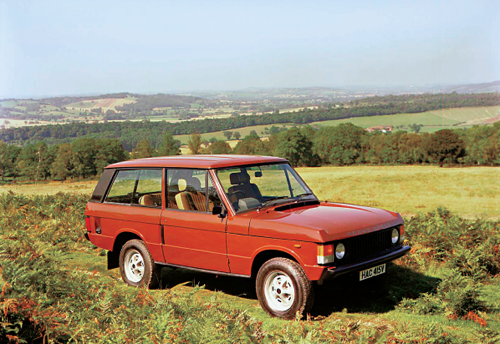Almost from the inception of the Land Rover, brothers Spencer (1891–1991) and Maurice (1904–63) Wilks, who ran Rover, considered making a more civilized vehicle with high standards of ride, quietness and performance on the road – qualities that the sluggish but dependable Land Rover lacked.
During the 1950s two unlovely prototype ‘Road Rovers’ were developed but the idea did not progress until Charles Spencer (‘Spen’) King (1925–) took up the project. King was a former Rolls-Royce engineer and nephew of the Wilks brothers. The challenge, he saw, was to produce a new product that could be tooled up ‘for hardly anything at all … engineered from nothing’. King laid out the basic architecture of the car, while Rover exterior designer David Bache (1925–94) did a restrained and intelligent job on the exterior.
The new vehicle was also to have excellent off-road performance, and King pioneered both full-time four-wheel drive and extremely soft, long-travel suspension. Until then, Land Rovers and imitators had used hard but durable springing. This compliant suspension was a new (and better) solution for off-road vehicles and the Range Rover has consistently remained best in its class for off-road work.
Although Spen King later regretted the transmutation of off-road sport-utility vehicles (SUVs) into status symbols for city centres, his Range Rover established a new, popular vehicle segment. But its success prompts the question as to why inspired products, committed engineers like the Wilks brothers and a talented successor in King were unable to create and sustain the type of industrial auto dynasties that the Porsche and Piëch families achieved in Germany. It’s hard to resist the conclusion that, by the 1970s, the milieu in Britain was just too antithetical to industry.

The world at its feet. The Range Rover was the original and best on-road/off-road 4X4.